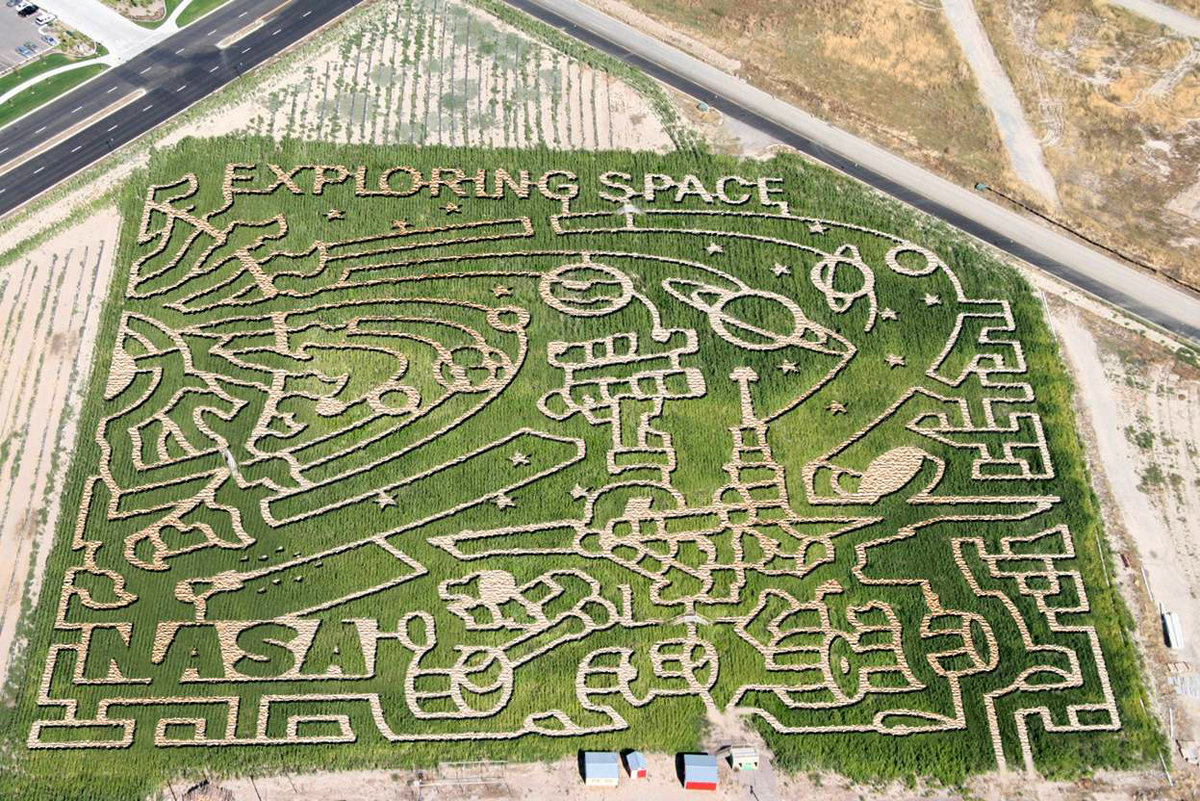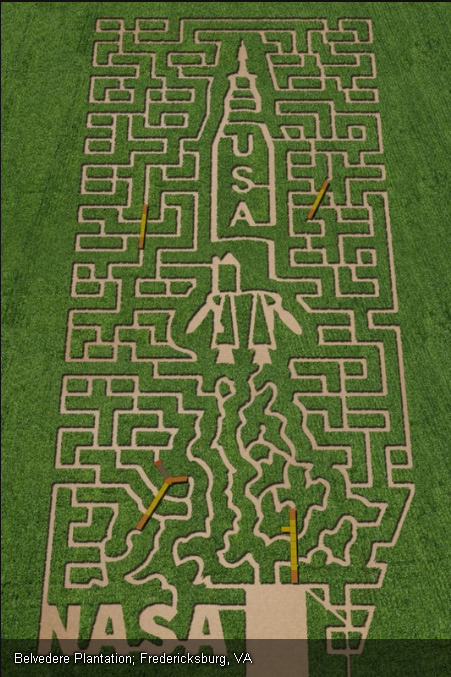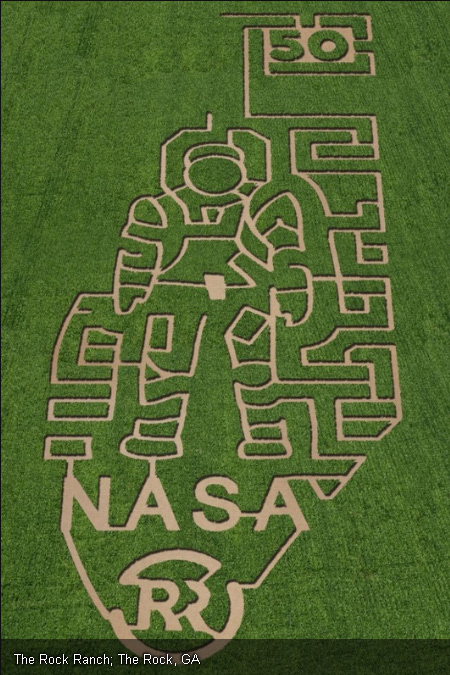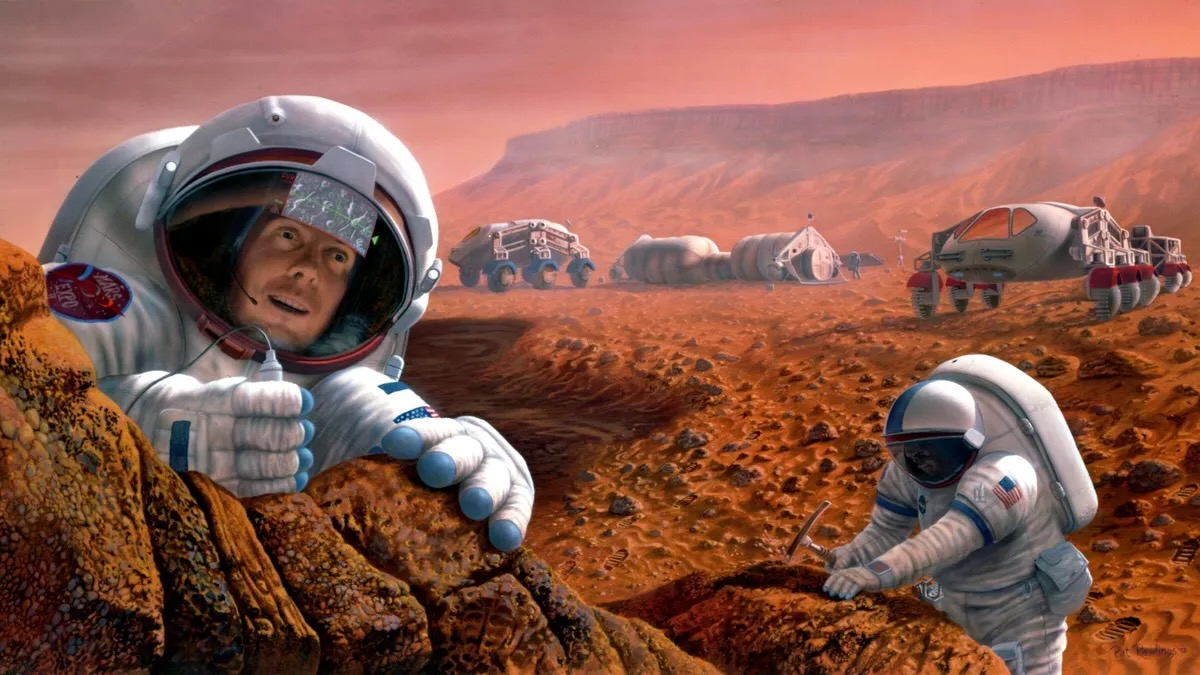Crop Circles NASA-Style: 7 Huge Corn Mazes With Space Age Twist

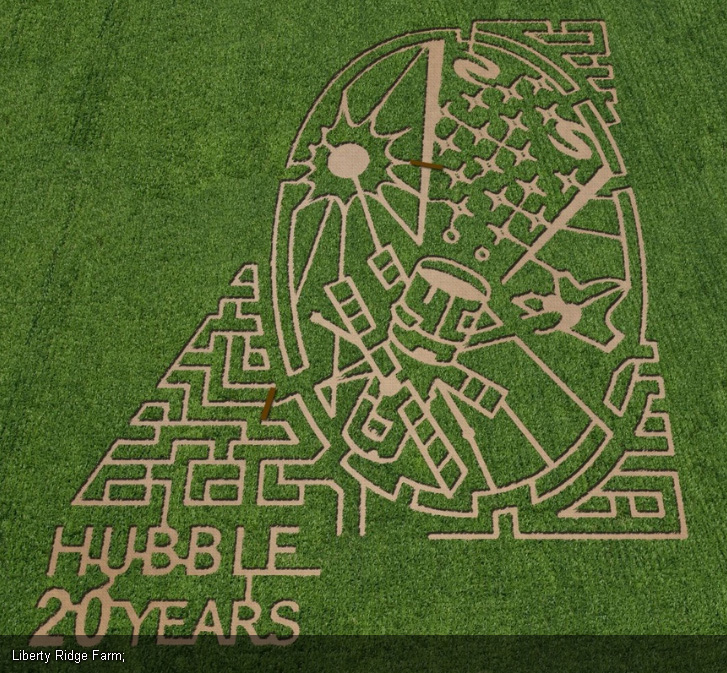
Seven farms across the U.S., in collaboration with NASA, are inviting the public to get lost in space — the space inside crop circles — this fall.
The "Space Farm 7" project is designed to celebrate the accomplishments of the U.S. space program through "agri-tourism."
Take, for example, the Liberty Ridge Farm in Schaghticoke, N.Y., about 20 miles (32 kilometers) north of Albany. It is the Northeast representative for the Space Farm 7, pairing up with NASA’s Goddard Space Flight Center to coordinate their leg of the program. [Photos: Space Farm 7's Crazy Corn Mazes]
Liberty Ridge Farm will highlight achievements made during the 20-year NASA Hubble Space Telescope program with its out-of-this-world "Hubble Space Telescope Adventure Corn Maze."
Talk about your Hubble "Wide Field" Camera!
Kickoff event
The other six participants in the Space Farms 7 project are the Rock Ranch, in The Rock, Ga; Belvedere Plantation, Fredericksburg, Va.; Cornbelly's Corn Maze and Pumpkin Fest, Lehi, Utah; Dell'Osso Family Farm, Lathrop, Calif.; Dewberry Farm, Brookshire, Texas; and Vala's Pumpkin Patch, Gretna, Neb.
Breaking space news, the latest updates on rocket launches, skywatching events and more!
Each farm's corn maze has its own theme. One focuses on the International Space Station while others honor NASA's Mars rovers and the planet-hunting Kepler spacecraft. Still another spotlights the 50th anniversary of human spaceflight, which occurred in April.
The Space Farm 7 project's kickoff event was Sept. 24 at the Rock Ranch, some 50 miles (80 km) south of Atlanta.
NASA has posted computer-generated images of what the mazes look like. Layla Dowdy, a public affairs specialist at Kennedy Space Center’s education and external relations division, is the NASA lead on the Space Farm 7 project. [Photos: Crop Circle Artists Go High Tech]
"Because the farms are so geographically dispersed, each was paired with a NASA center that serves their area," Dowdy told SPACE.com. "At the agency level, we could not be more excited to participate in this most extraordinary outreach endeavor."
Brett Herbst, owner of Cornbelly's and president of The Maize Inc. in Utah, designed and carved each maze. They will be open to visitors through November.
Hand-picked space farms
How did NASA go about reaching out to the selected farms?
NASA did not approach or select them, Dowdy said. A group of farms from across the country, working with The Maize Inc., submitted an unsolicited proposal to the Office of Informal Education to collaborate with NASA on an outreach program to celebrate 50 years of human spaceflight.
Adam Pugh of the Rock Ranch wrote and sent in the proposal.
That suggestion was vetted through the Office of Education and was adopted for implementation under NASA’s former Exploration Systems Mission Directorate.
Nontraditional audiences
Dowdy said NASA had several objectives in participating in the Space Farm 7 project, such as:
- To engage nontraditional audiences through the use of products and services familiar to audiences.
- To inform the public through the creation of new opportunities for interaction and personal engagement with NASA's mission.
- To reach underserved, geographically dispersed communities.
- To use the opportunity to highlight a new era of post-shuttle spaceflight by showcasing current and future programs such as the space station and the planetary spacecraft programs.
Dowdy said that there is a contest on the Space Farm 7 website that gives you a chance to vote for your favorite maze.
The grand prize is four maximum-access tickets to the Kennedy Space Center Visitor Complex, complete with four tickets to the Dine with an Astronaut program to use during the visit.
One wonders whether high-flying aliens will be allowed to vote, given all that crop circle-making expertise?
For more information on Space Farm 7, visit: http://www.spacefarm7.com/
Leonard David has been reporting on the space industry for more than five decades. He is a winner of this year's National Space Club Press Award and a past editor-in-chief of the National Space Society's Ad Astra and Space World magazines. He has written for SPACE.com since 1999.
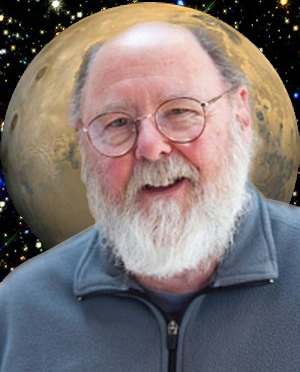
Leonard David is an award-winning space journalist who has been reporting on space activities for more than 50 years. Currently writing as Space.com's Space Insider Columnist among his other projects, Leonard has authored numerous books on space exploration, Mars missions and more, with his latest being "Moon Rush: The New Space Race" published in 2019 by National Geographic. He also wrote "Mars: Our Future on the Red Planet" released in 2016 by National Geographic. Leonard has served as a correspondent for SpaceNews, Scientific American and Aerospace America for the AIAA. He has received many awards, including the first Ordway Award for Sustained Excellence in Spaceflight History in 2015 at the AAS Wernher von Braun Memorial Symposium. You can find out Leonard's latest project at his website and on Twitter.
